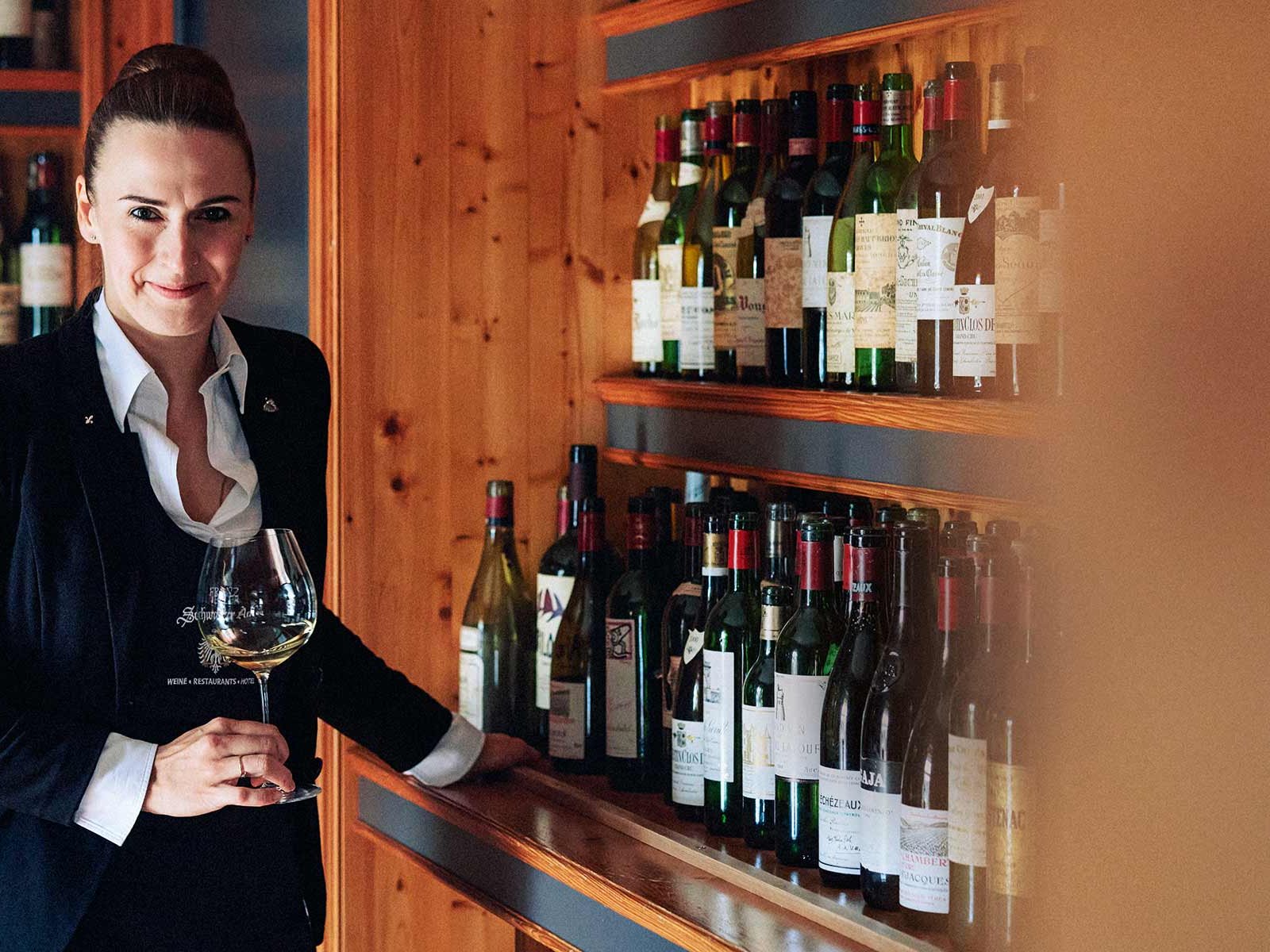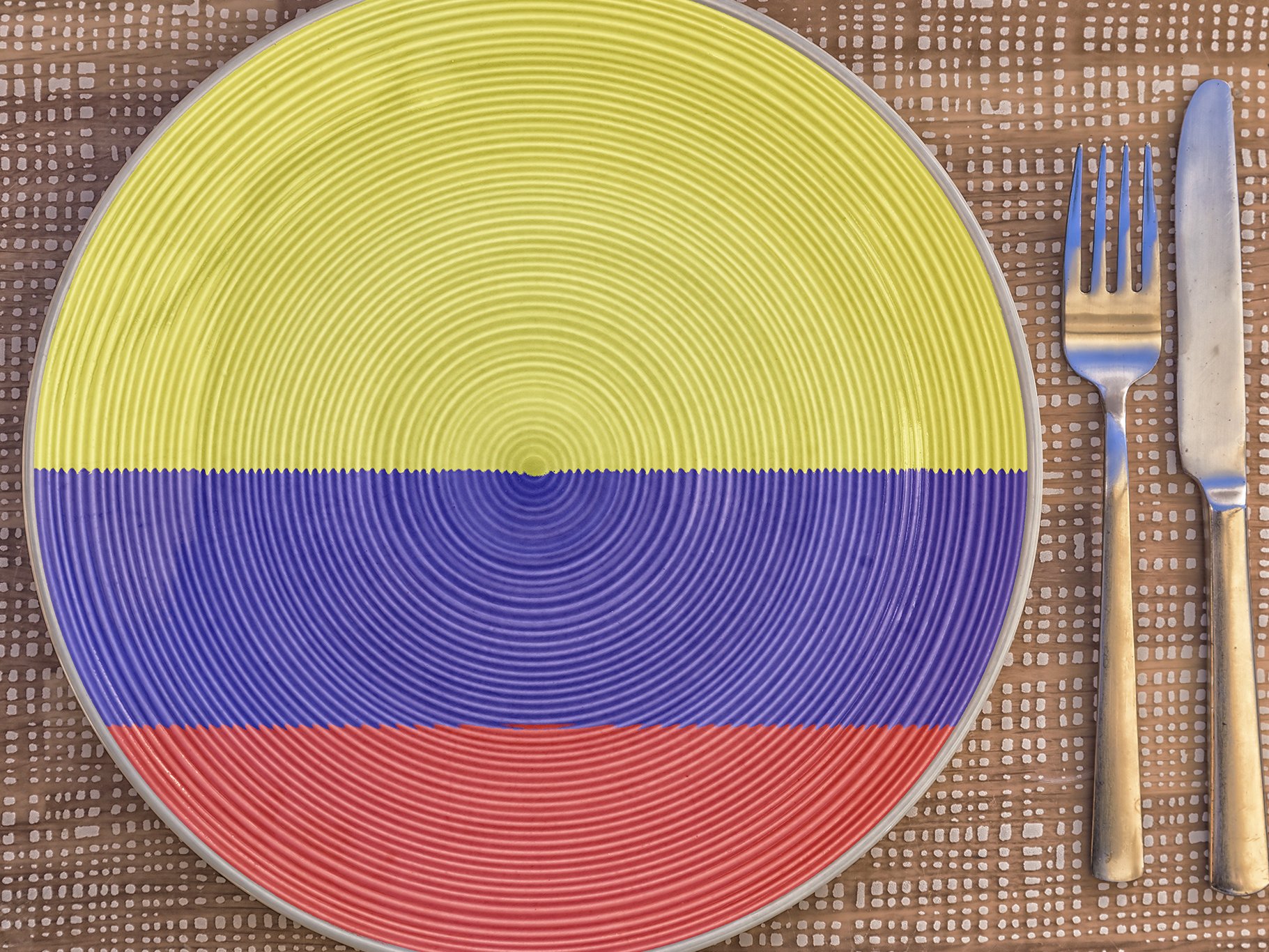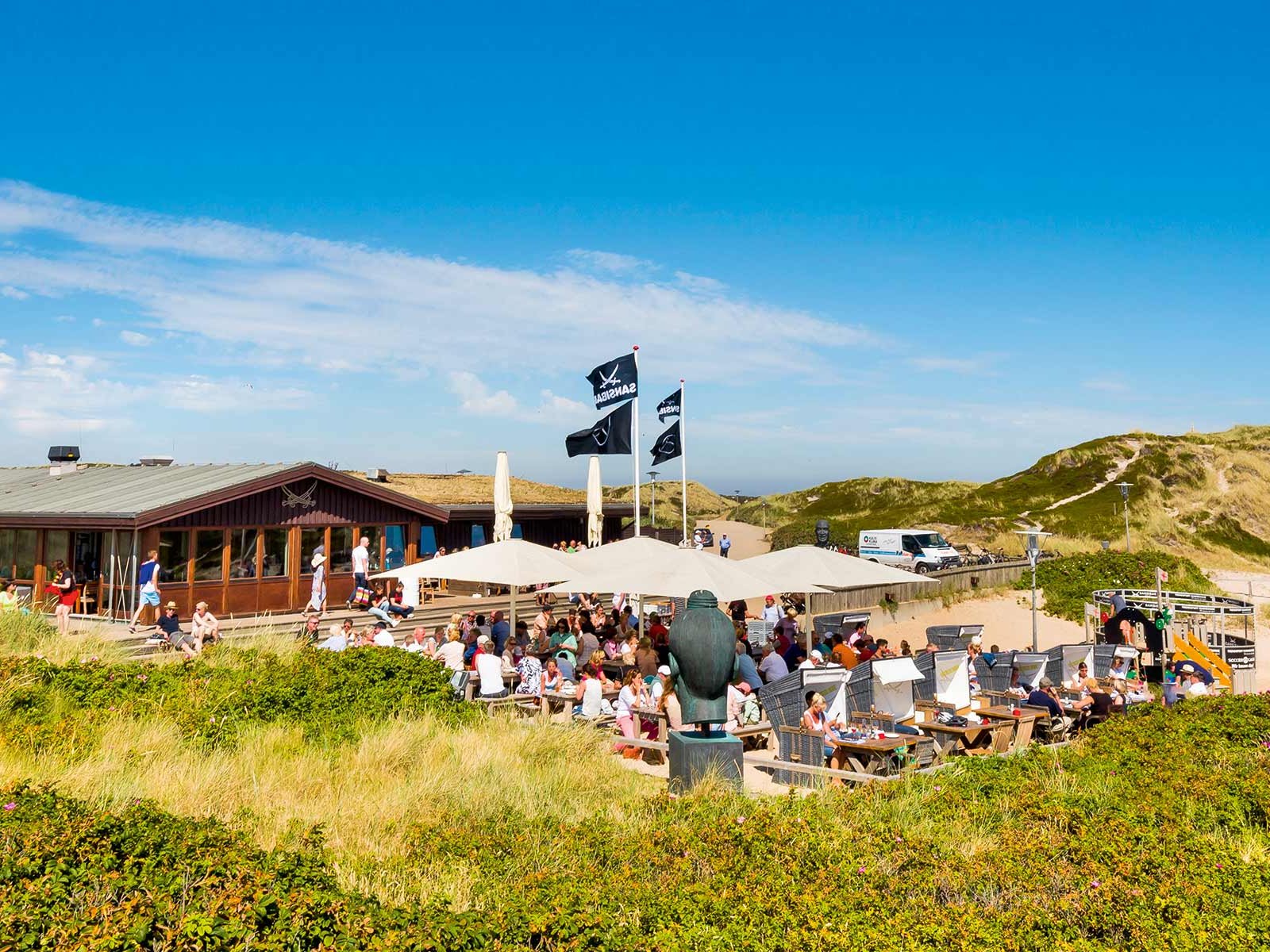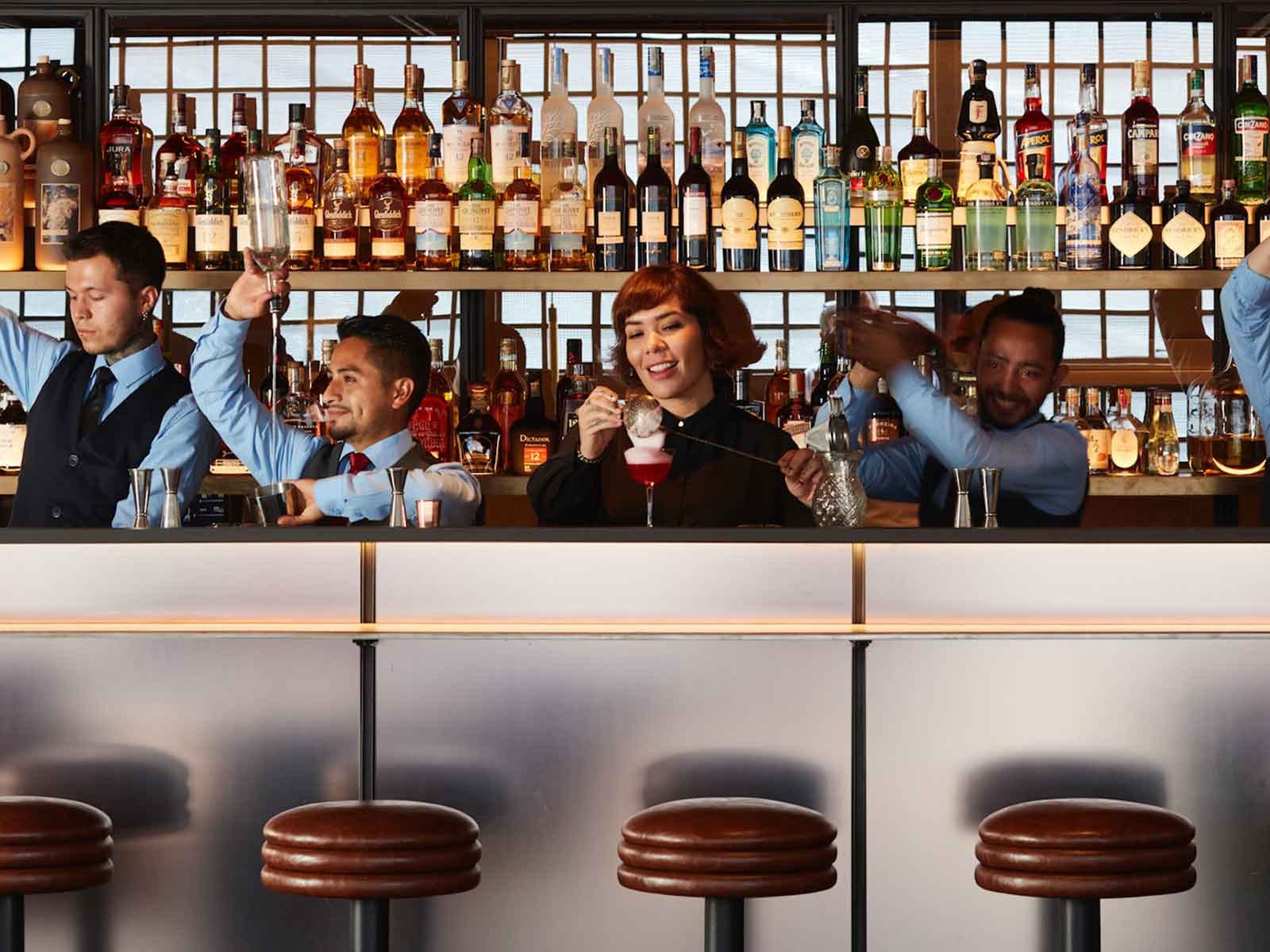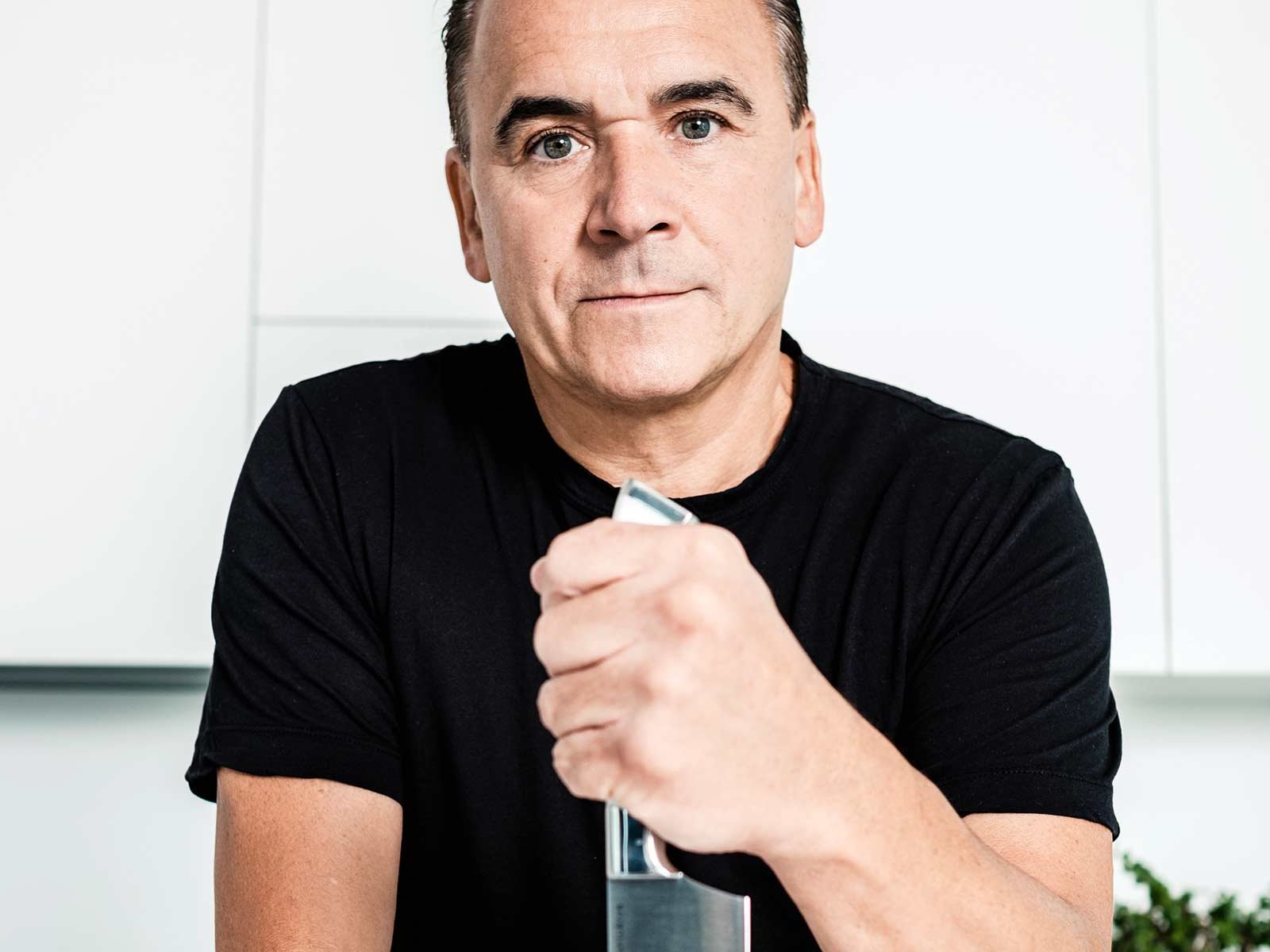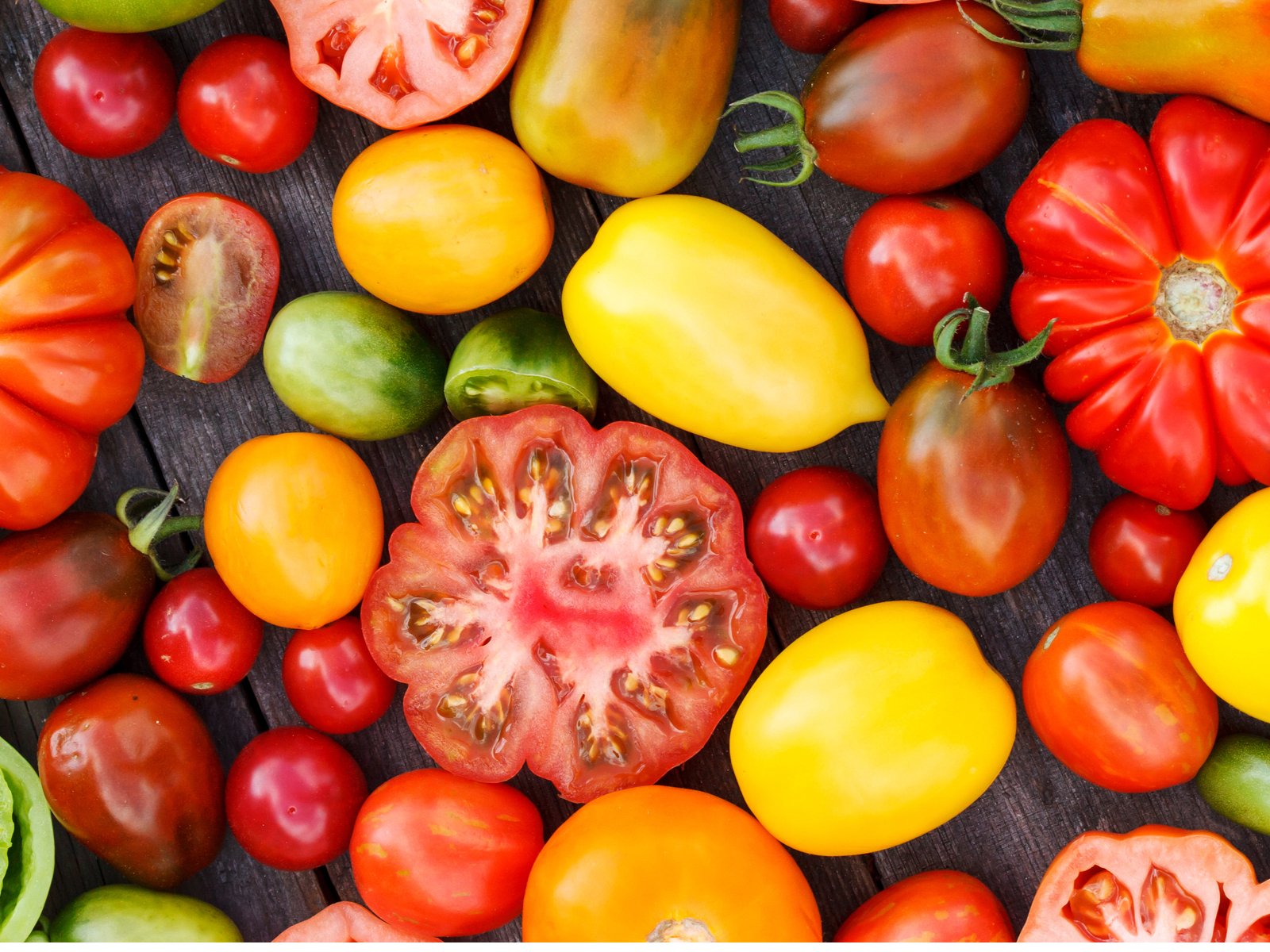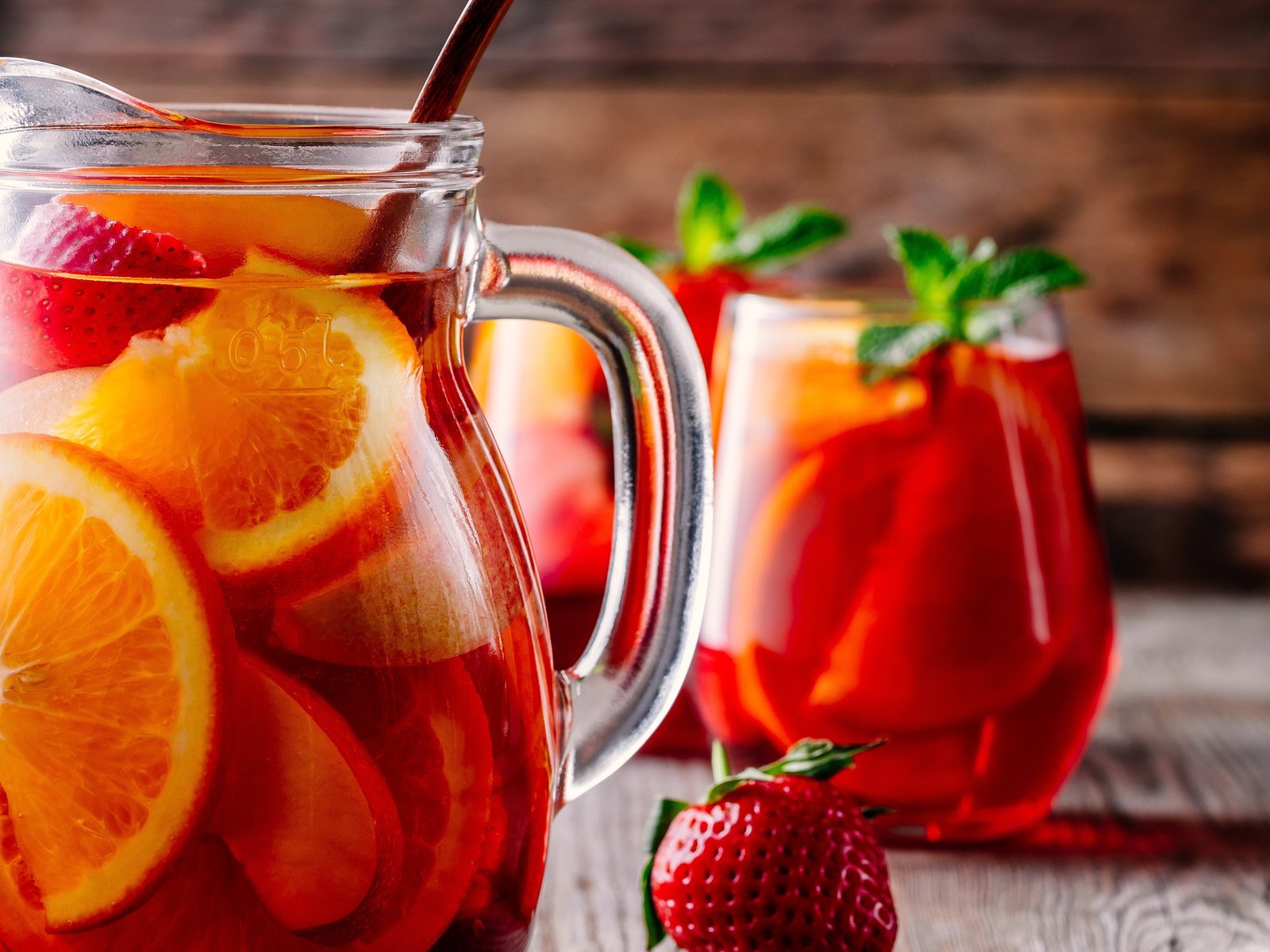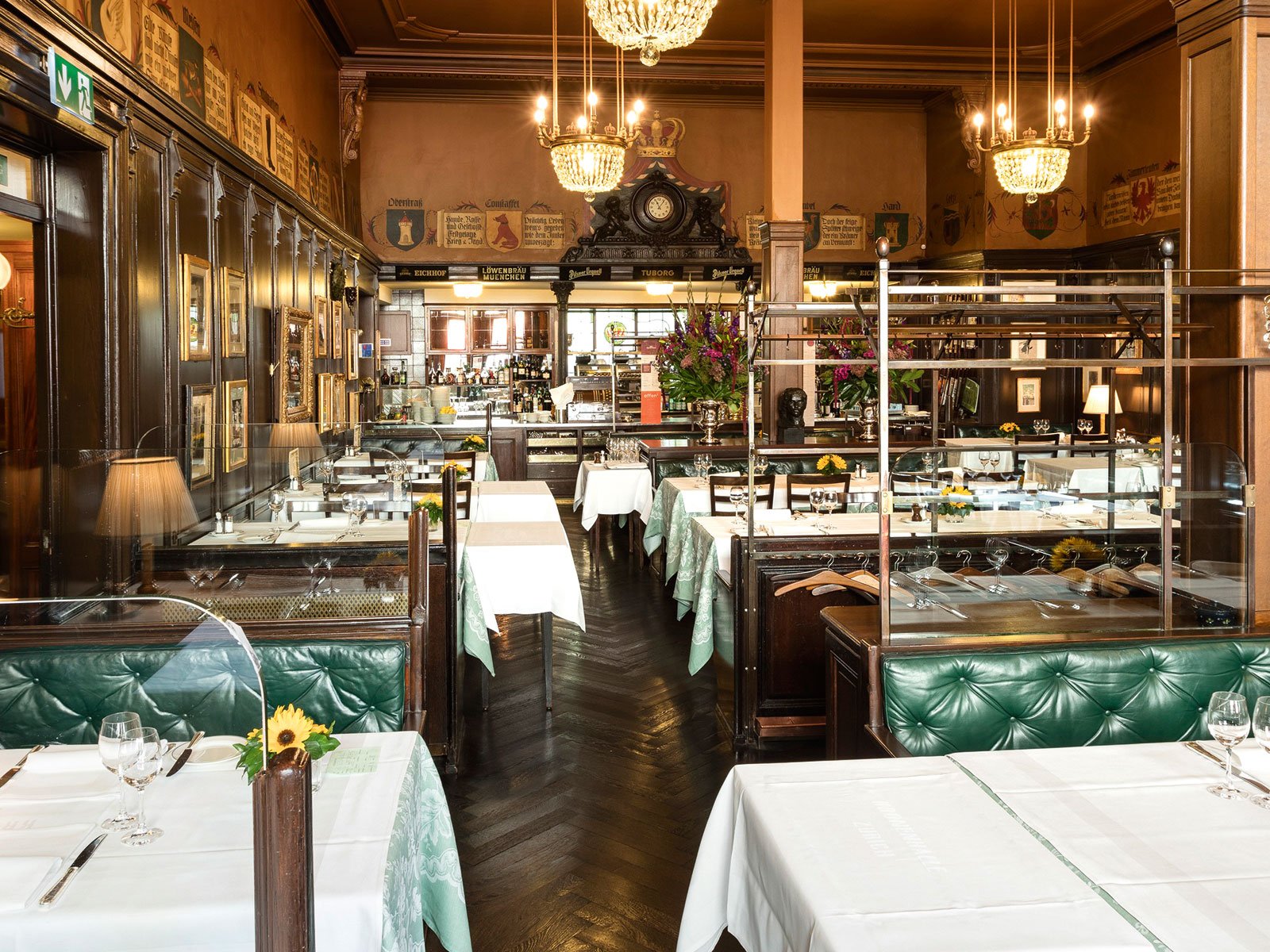Bellini: A Picture of a Drink
What would summer be without a Bellini? The colour, tangy lightness and aroma have not made it a classic for nothing. Yet it is more modern than ever – after all, it represents the enjoyment that can come from the creative use of regional and sustainable products.
Serendipity. In science, this is what we call the ability to gain knowledge from coincidences, like penicillin, which the world owes to a sloppy bacterial culture. Or super glue, which was almost disposed of as a failed formula for plastic glass - no one could get rid of the stickiness. Or »Bellini«, which could only be created because northern Italian winegrowers didn't know what to do with all of the vine peaches – until Giuseppe Cipriani put one and one together in his Harry's Bar in Venice in 1948. Or rather, one and three: a quarter of freshly pureed vineyard peach, three-quarters of Prosecco, and the classic summer aperitif was ready.
Part of the undoubtable magic of Bellini is that it is not always available in its original form, as vine peaches only ripen in late summer. Even the Ciprianis advise against buying their own Bellini in bottles and invite you to join in by making the original recipe: wash peaches in cold water and mash them into a purée with a potato masher, for example. Using a blender with the classic recipe is not advisable, as it would beat air into the peach puree, which would negatively affect the effervescence of the Prosecco later on.
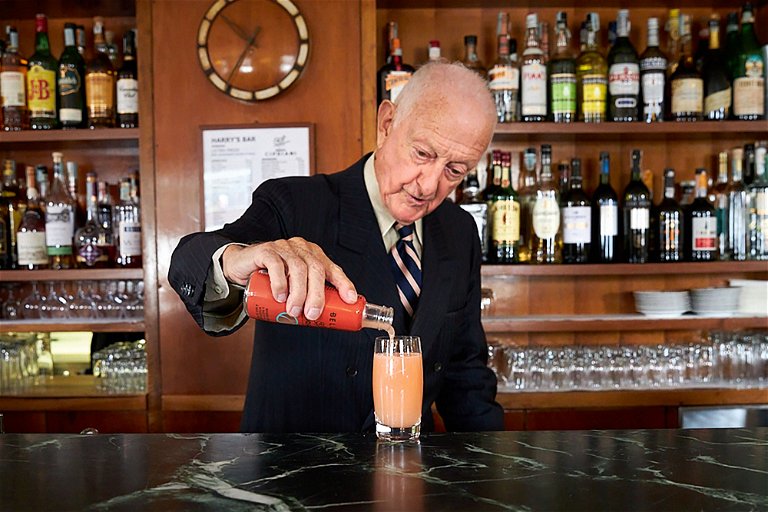
When Bellini goes down the drain
Once the peaches have been crushed, it is quick to make: pour the purée into well-chilled glasses, slowly pour prosecco over it, then stir it carefully before enjoying it in a down-to-earth way according to the Ciprianis, because even if the International Bartenders Association and the rest of the world want the Bellini to be served in champagne flutes - in Harry's Bar, you will look in vain for it. There, the Bellini has been served unchanged in simple drinking glasses for 74 years. They are proud of it: »The perfect glass to serve a Bellini should not force you to make any unpleasant poses or gestures while drinking, but allow you to savour the lively taste of the white peaches,« say the Ciprianis with a side-swipe at Bellinis that have gone by the wayside.
Exceptional bartender Kan Zuo - always good for creatively breaking down drink dogmas in his Viennese Sign Lounge - doesn't see the issue of glasses either. It's more a »mentality thing«, he says, and you should choose a glass that »makes you feel nice and comfortable in terms of body language« - and at most, avoid coupe glasses if you have shaky hands, he adds with a wink. In any case, his Bellini variation doesn't cause any problems with pieces of peach that you can't get out of the flute; in his Miso Peach Bellini (see recipe), he works with fermented peach purée, Angostura bitters and miso paste. In this way, he has also found a way for champagne and fruit to find each other. (The mere replacement of prosecco with champagne in the original Bellini recipe makes it a superior-sounding Bellini royal, but the whole is often worth less than the sum of the parts).
Dirk Hany in Zurich's Bar am Wasser also serves his Bellini 2.0 with a clever peach twist to accommodate the champagne. There, the peaches become an airy foam with a shot of amaretto (see recipe below), which is gently placed on top of the champagne. When it comes to peaches, however, Hany is as uncompromising as the Ciprianis: Bellini should only be mixed in August and September.
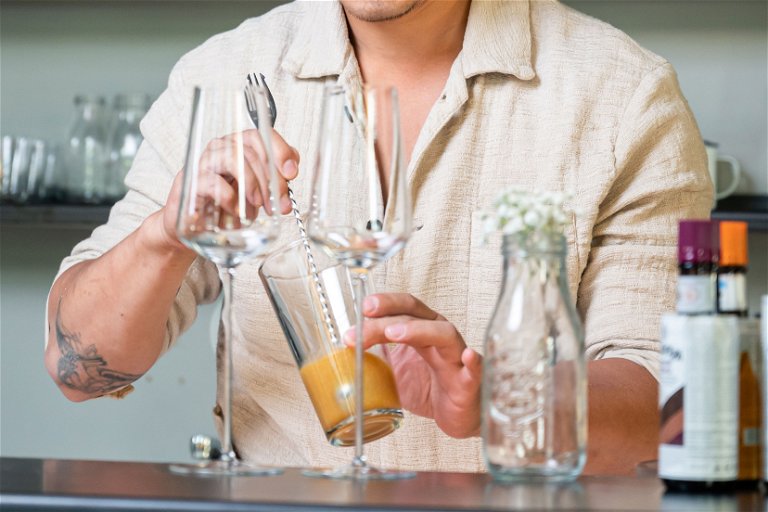
Venetian play of colours
According to Arrigo Cipriani, the best white vine peaches are the »small ones with a pink skin«, if only to achieve the typical colour - and ultimately to make an authentic Bellini: Allegedly, Giuseppe Cipriani found the name for his drink through the identical yellow-pink shade in a picture by the Renaissance painter Giovanni Bellini - and from then on he had a trick for naming his creations that could be repeated at any time. For example, he wanted to be the one to have found the deep red of a later invented dish of raw beef again in the paintings of Vittore Carpaccio.
Jörg Meyer – Bartender of the Year in the German Falstaff Bar Guide 2022 – also emphasises that a good Bellini requires good peaches, a good Prosecco and above all, the right attitude: »The problem with drinks with two ingredients is often that because of the simplicity, people don't prepare the drink properly.« Meyer also thinks Cipriani's glass credo is right: »A Bellini is a drink, not a sparkling wine with a shot.« His pro tip: first stir a little of the Prosecco with the peach purée until frothy, and then just top up with Prosecco in small glasses. This keeps the foam compact and the drink cool, meaning »lots of perfect little Bellinis with a wow-effect instead of boring sparkling wine aperitifs«.
Peach with terroir
In any case, due to an unprecedented diversity of peach varieties, now is better than ever for Bellini, thanks to winegrowers who are visibly recalling the old virtue of naturally revitalising and protecting vineyards with peach trees. And because vine peaches are propagated from seeds and not by grafting like table peaches, the fruit also acquires its terroir over time. The new diversity in the vineyard, in peaches as well as in sparkling wines, offers endless inspiration for Bellini variations, just as the inventor intended. If Giuseppe Cipriani had not carelessly experimented with ingredients from his living environment, there would still be no Bellini today. The philosophy behind the drink - regional and sustainable - makes the classic more modern than ever; nose to tail drinking. It's not for nothing that bartender Jörg Meyer is currently scoring points by making Bellini with pulp from the cocoa fruit, an otherwise unused ingredient in cocoa production. And who knows, with a bit of serendipity, perhaps the next successful experiment will produce a shade that you won't find in a Venetian museum but in a local one.


